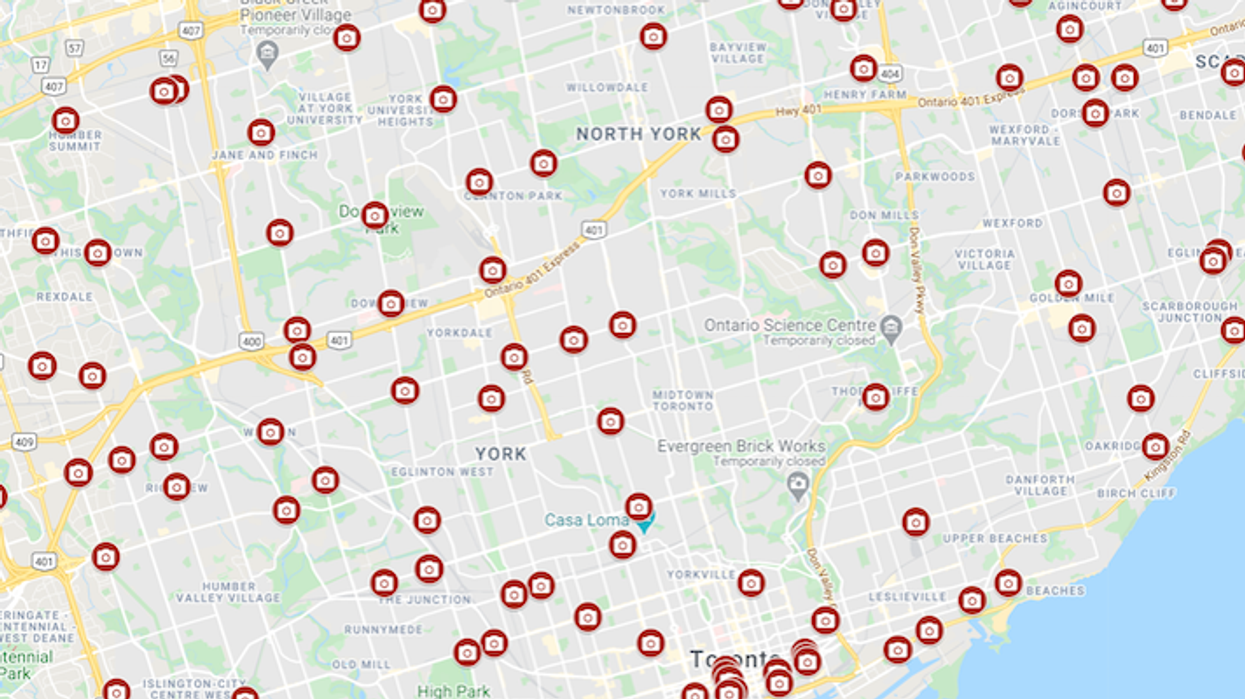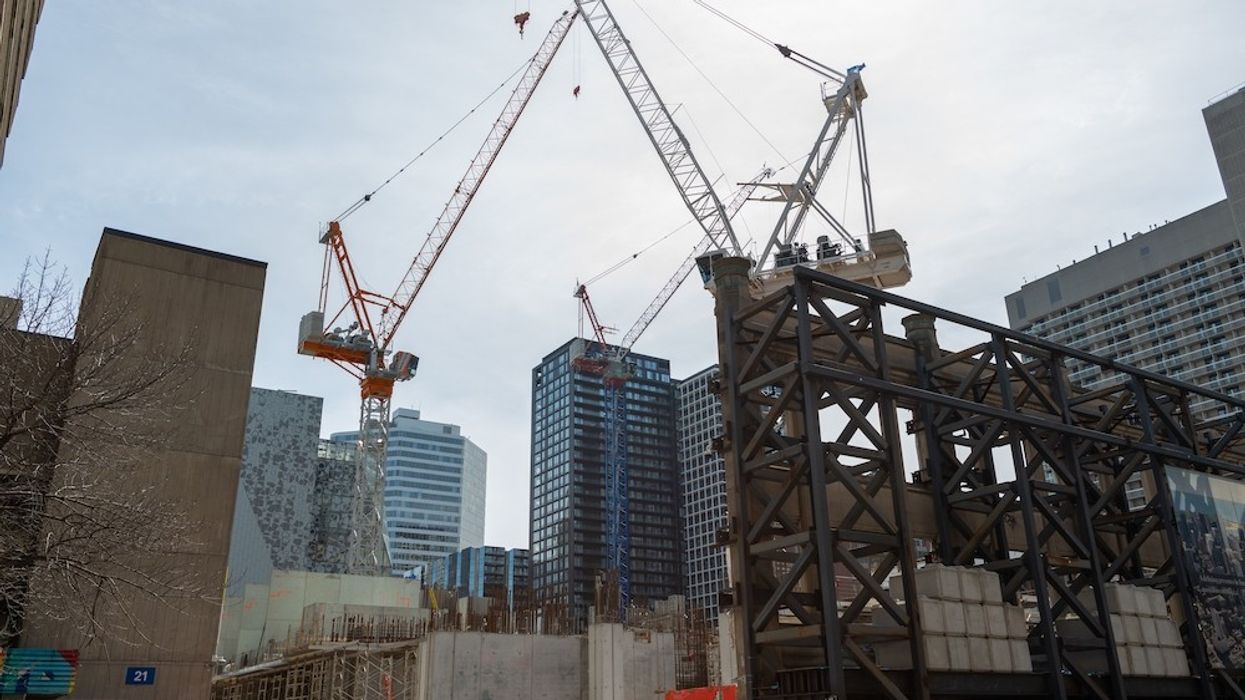Refinance
Learn how refinancing works in Canadian real estate, when it makes sense, and how it can help homeowners save money or access equity.

May 22, 2025
What is Refinancing?
Refinancing involves replacing an existing mortgage with a new one, often to access home equity, secure a lower interest rate, or consolidate debt.
Why Refinancing Matters in Real Estate
In Canadian real estate, refinancing is a common strategy for homeowners to adjust their mortgage terms or access cash. Reasons to refinance include:- Securing a lower interest rate
- Switching from a variable to a fixed rate (or vice versa)
- Accessing equity for renovations, education, or investment
- Consolidating high-interest debt into a single loan
Considerations when refinancing include:
- Prepayment penalties (IRD or 3-month interest)
- Legal and appraisal fees
- Updated credit check and qualification review
Homeowners may refinance with their existing lender or switch to a new lender through a mortgage transfer. Timing and rate trends affect whether refinancing is beneficial.
Understanding refinancing helps homeowners improve financial flexibility and long-term affordability, but requires careful cost-benefit analysis.
Example of Refinancing
A homeowner with a 5.1% mortgage refinances at 4.4%, paying a $2,000 penalty but saving thousands over the remaining term.
Key Takeaways
- Replaces an old mortgage with a new one.
- Can reduce rates or access equity.
- May involve penalties or fees.
- Requires new qualification review.
- Useful for long-term savings or consolidation.
Related Terms
- Mortgage Term
- Interest Rate Differential
- HELOC
- Equity
- Prepayment Penalty


















 Camcos Living
Camcos Living Shutterstock
Shutterstock Little Rouge Block G/Camcos
Little Rouge Block G/Camcos Camcos Living
Camcos Living Camcos Living
Camcos Living Camcos
Camcos